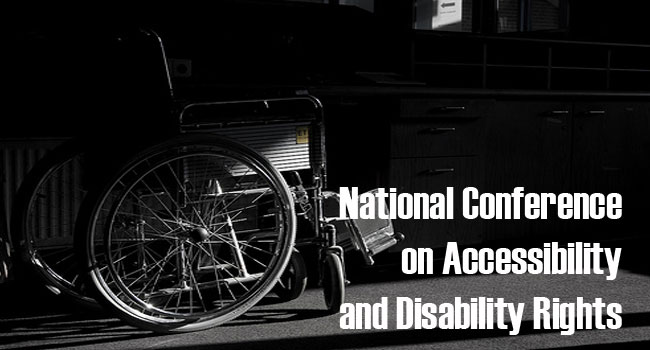National Conference on Accessibility and Disability Rights

By Melissa Lukulu
The National Council for Persons with Disabilities (NCPWD) in collaboration with the Ministry of Gender, Children and Social Development and partners held a National Conference on Accessibility and Disability Rights from 25th to 27th June 2012 at Kenyatta International Conference Centre, Nairobi. The conference was aimed at achieving "...a barrier-free society for all" through the implementation of the Persons with Disabilities Act, 2003. Both the private and public sector were key players in the conference.
By virtue of Article 2(5) of the Constitution which provides that the general rules of international law shall form part of the law of Kenya and Article 2(6) which states that any treaty or convention ratified by Kenya shall form part of the law of Kenya under this Constitution, the UN Convention (CRPD) on the rights of persons with Disability is applicable as law in Kenya. The purpose of the Convention is to promote, protect and ensure the full and equal enjoyment of all human rights and fundamental freedoms by all persons with disabilities, and to promote respect for their inherent dignity
Under article 21 of the Constitution, the state as well as every state organ has a duty to observe, respect, protect, promote and fulfill the rights and fundamental freedoms in the Bill of Rights. It goes further to mandate all state organs to address the needs of vulnerable groups within society including persons with disabilities.
It had been noted that building codes, physical planning laws and standards unresponsive to the needs of Persons with Disabilities. The construction and building environments posed many challenges for Persons with Disabilities to physically access public buildings, roads and other infrastructure. Public transport laws neither facilitate modification of Public Service Vehicles and they are inaccessible to persons with physical impairments.
Electronic, print media and other modes of communication are generally inaccessible to people with visual, hearing or intellectual disabilities. This prevents them from participating or benefiting from information in these channels. It was common consensus that in order to overcome these communication barriers, it was imperative to introduce forms accessible by persons with impairments. These include; brailing of printed information, sign language interpretation, eye-catching simplified messages, well illustrated and easily repeatable information. These ought to be delivered in accessible public settings.
Currently, Kenya has a legal framework that fully recognizes and protects people's rights. However, there are still segments of our business sector and society that are resisting the full inclusion of persons with disabilities due to cost, complexity, fear of change, lack of knowledge, and misguided perceptions. The government should increase its efforts to ensure that Constitutional Values and Human Rights principles are integrated in all national, sectoral and county policies legislation as well as administrative procedures


